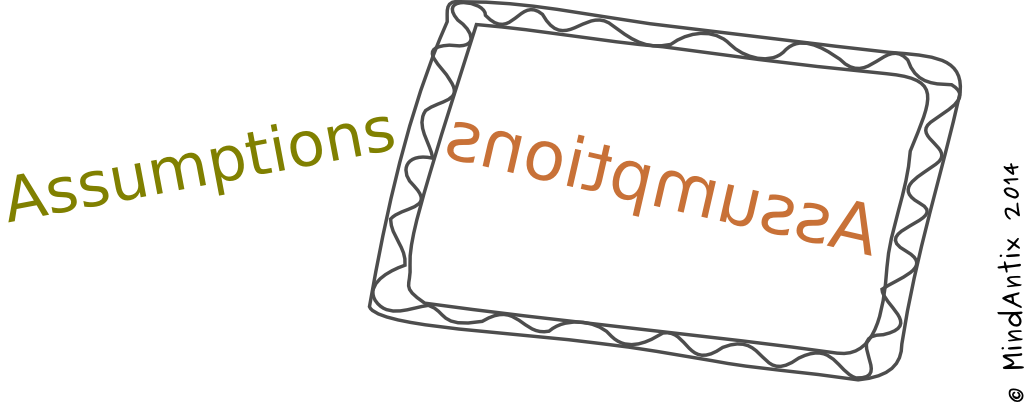One of the oldest known examples of cryptography was found on a Babylonian cuneiform tablet that contained a secret formula for pottery glaze. The inventor of the secret recipe jumbled up the figures defining the ingredients to prevent people from stealing the recipe. More than a thousand years later, Julius Caesar started using the shift cipher to encrypt his private messages. For the next two thousand years, people used increasingly more sophisticated systems for encrypting messages. Yet, all of them were based on one fundamental premise – that in order to encrypt and decrypt a message both parties must have the same key.
In the early seventies, Whitfield Diffie and Martin Hellman, along with Ralph Merkle, reversed this basic assumption and completely changed the cryptography landscape. Their invention of public key cryptography enabled Internet commerce to take off dramatically by allowing people to encrypt credit card transactions without having to first establish a common key between the seller and the buyer. As Frans Johansson describes in his book, The Medici Effect, “By reversing this assumption, Diffie and Hellman found the intersection between the field of cryptology and a particular, curious brand of mathematics involving so-called one-way functions.”
Reversing assumptions is a powerful way to break free from preconceived notions. Michael Michalko, who outlined his assumption reversal technique called “False Faces” in Thinkertoys, explains, “Reversals destabilize your conventional thinking patterns and frees information to come together in provocative new ways.” Reversing well-established assumptions is the inspiration behind the “Opposite Day” category of brainteasers on MindAntix. The goal here is to reverse a commonly held assumption and then find ways in which the reversal is meaningful. Let’s take an example.
Suppose, you were to reverse the assumption that “Doors have handles”. If you imagine a door that doesn’t have the typical handle, you might think of a door that is perhaps operated by a foot pedal. In what situation might you need this kind of a door? Perhaps, when it’s inconvenient to use your hands, like when your hands are full from carrying grocery bags. That might trigger the idea of making a garage door that uses a foot latch to open the door allowing you to bring in your shopping bags more conveniently.
Of course, there are many different ideas you can come up with that reverse the assumption in the above example. The point of this exercise is to allow you to gain fresh insights by breaking free from conventional patterns of thinking. It would be much harder to come up with novel ideas if you simply asked yourself to make a better door. But by asking a more specific (and powerful) question, it’s easier to trigger a more novel response.
The next time you are stumped with a challenging problem, try to examine your assumptions and reverse them. You might be surprised by what you discover. As Isaac Asimov, the famous science fiction author said, “Your assumptions are your windows on the world. Scrub them off every once in a while, or the light won’t come in.”

